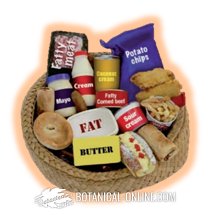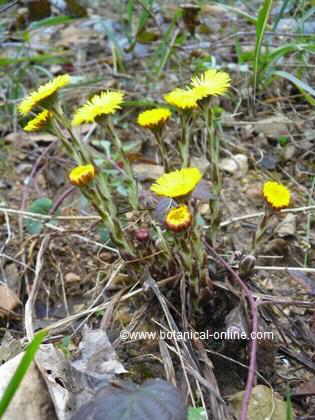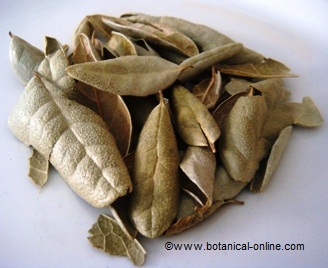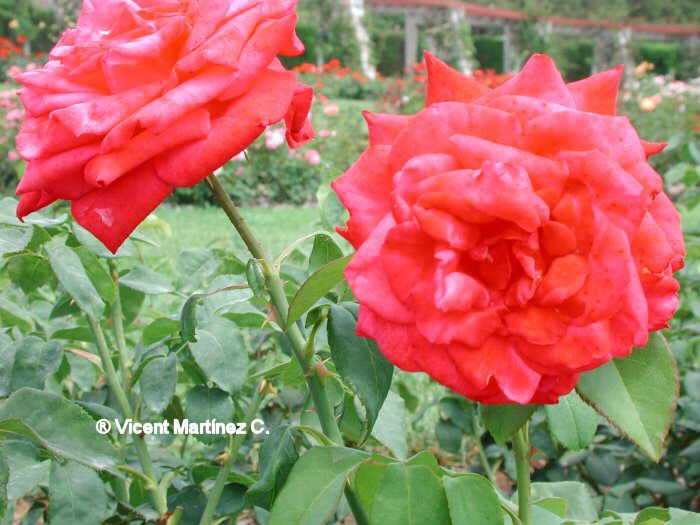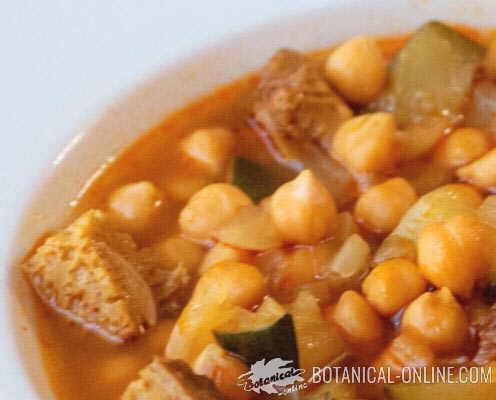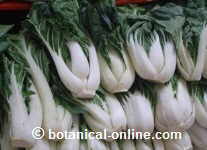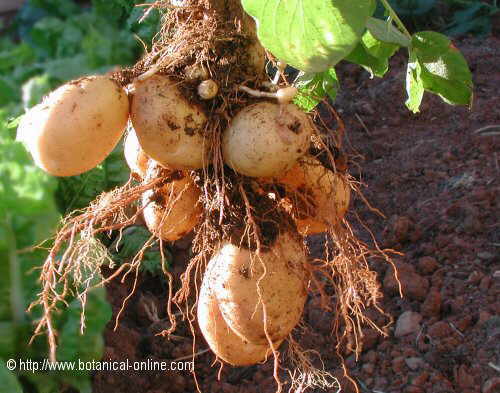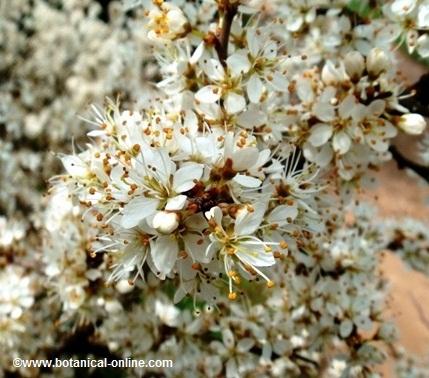Contents
How can diet patterns affect kidney health?
Importance of diet in staghorn calculi or nephrolithiasis
Staghorn calculi or nephrolithiasis is a predominantly affluent disease in modern societies. Diet can improve nephrolithiasis and it has been proved that some dietary patterns can exacerbate its incidence or recurrence. According to the last scientific reviews (2006-2015), in many cases it is idiopathic (unknown primary cause) and appears to be closely related to dietary habits.
Urinary stone risk factors
The urinary stone risk factors (conditions that promote the crystallization of a salt) are widely recognised and based on them, some food advice for accomplishing an “antilithogenic diet” can be recommended.
These urinary stone risk factors are (=AVOID):
- Low urine volume: With low diuresis the urine reaches very high supersaturation levels that promote a spontaneous crystallization. By contrast, when diuresis exceeds 2-2.5 L/d, the urine becomes undersaturated of lithogenic factors making spontaneous crystallization impossible. People who drink more water have less concentrated urine. Drinking more WATER is the first and the most important thing you must do!!!
- Excessively acid urinary pH, hypercalciuria, hypocitraturia, hyperphosphaturia or hyperuricosuria: all these lithogenic factors are produced by diets rich in animal protein (especially red meat such as hamburgers, sausages, beef, lamb), diets high in salt (processed meat, industrial food) and the ingestion of drinks and foods containing phosphates (especially soft drinks and food additives).In contrast, vegetarian-protein food sources have a beneficial impact on reducing all the lithogenic factors (lentils, beans, hummus, chickpeas, etc.).
- Hyperoxaluria: Oxalates are a compound found in high amounts only in a few vegetables, mainly in spinach, rhubarb, beets and dark chocolate. It is recommended to avoid these vegetables in case of kidney stones.
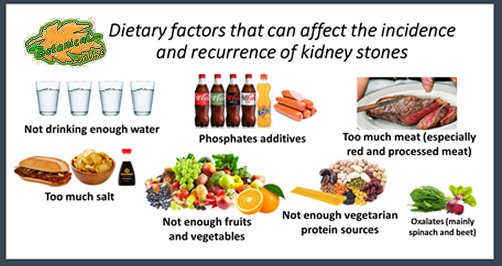
Dietary recommendations
- Drink 2 litres of WATER every day. It must be water and not coke, beer or any other soft drinks, because they contain “phosphates”, that you must avoid.
- Water should be the MAJOR contribution of your daily liquid intake. Drink the water a little at a time and consume a big glass of water before going to bed.
- In less proportion, you can drink coffee, tea, lemon water, fruit juices, unsweetened soft drinks.
- Avoid drinking coke / sparkling drinks / alcoholic drinks.
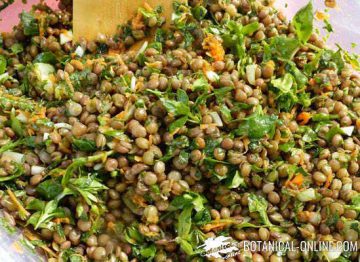
- Consume 5 portions of fruits + vegetables daily. Increased intake of fruit and vegetables (excluding those with high oxalate content) increases citrate excretion and involves a significant protection against the risk of stone formation. Citric fruits (lemons, oranges) are particularly rich in citrate.
- Vegetables: Carrots, kale, tomatoes, eggplant, lettuce, pumpkin, cauliflower, cabbage, onions, asparagus, etc. (fresh or frozen)
- Fruits: Bananas, apples, pears, raspberries, pineapple, mangoes, persimmon, etc.
- Consume healthy fat sources.
- Virgin olive oil is the best type of oil for cooking or salads.
- Consume oily fish such as salmon (fresh or frozen) once or twice a week.
- Avoid unhealthy fats: mayonnaise and industrial sauces, fried food, bacon, burgers, red meat, cakes, pastry, chips, snacks.
- Be aware of hidden sources of salt:
- Too much sodium – not recommended: processed meat (hamburgers, sausages, meatballs, etc.), ketchup, soy sauce and other industrial sauces, noodles, pizzas, fried nuts, chips, snacks, broth concentrates, etc. In case of doubt, you can check the label: less than 500mg sodium/100g. If sometimes you eat snacks or salted foods, avoid combining many of them in the same day and balance this intake eating fresh vegetables.
- Low sodium content: fruits, vegetables. Depends on the recipe: pasta, rice, pulses, tomato sauce.
- Use aromatic herbs and spices. The following seasonings may be used freely: pepper, rosemary, thyme, ginger, turmeric, paprika, cinnamon, mint, vinegar and lemon juice.
- Avoid diets high in animal protein. There are proteins in legumes (lentils, chickpeas, peas, hummus, etc.), cereals and pasta.
- Consume pulses at least twice a week (more is better).
- You can consume fish, eggs, poultry, cheese, milk and yoghourt (preferably unsweetened).
- Limit to once a week protein intake from red meat (lean meat) and avoid processed meat.
- Avoid vegetables with high oxalate content: Spinach (and green juices), rhubarb, beets and dark chocolate.
- Maintain a healthy weight and avoid sugary foods (diabetes is bad for the kidneys).
- Careful with any over-the-counter medication. Drugs (painkillers, Ibuprofen) or supplements (vitamin D, C, calcium) are not recommended without medical advice.
Recommended and non recommended food
Recommended | Not recommended |
| 2-2,5 litres of water/day Coffee, tea, lemon water. Fruit juices, lemonade, etc. Unsweetened soft drinks | Soft drinks, coke, sparkling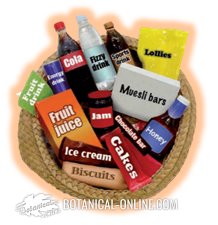 beverages, alcoholic drinks |
| Vegetables and fruits Carrots, tomatoes, kale, lettuce, cauliflower, cabbage, eggplant, onions, pumpkin, asparagus, zucchini, mushrooms, etc. (fresh or frozen) Bananas, apples, pears, raspberries, cranberries, pineapple, mangoes, persimmon, canned pineapple, etc. | You can eat them but not frequently (↑oxalates): Spinach, rhubarb, beetroots, Swiss chard, dark chocolate. |
| Eggs Fish Poultry Cheese, yoghourt, milk Seafood | Hamburgers, sausages, bacon and similar (processed fatty salty meat w/additives) Sweetened dairy products (sugary yoghourts, shakes, etc.). Limit red meat (beef, lamb, pork, etc.) once a week. |
| Potatoes, rice, oats, lentils, peas, chickpeas, kumara, corn, hummus, pasta, bread, couscous, etc. | Snacks, chips, pizza, noodles, industrial meals. |
| Walnuts, pistachios, pumpkin seeds, sunflower seeds. Almonds, cashew nuts, peanuts and sesame seeds contain moderate amounts of oxalates… It’s ok to eat them, just consume it in regular portions. | Fried or salted nuts. |
| Tomato sauce Virgin olive oil Spices & herbs: pepper, rosemary, thyme, turmeric, cinnamon, etc. | Soy sauce, mayonnaise, industrial sauces, etc. |
Example of diet
- Drink 2 litres of water during the day. It is recommended to drink 2 glasses of water before going to bed and on getting up in the morning.
- Consume 5 fruits + vegetables every day.
- Consume pulses and fish (preferably twice a week each)
- Use virgin olive oil.
- Avoid soft drinks, fried foods, chips, soy sauce or similar, red meat, hamburgers, sausages, bacon, pastry.
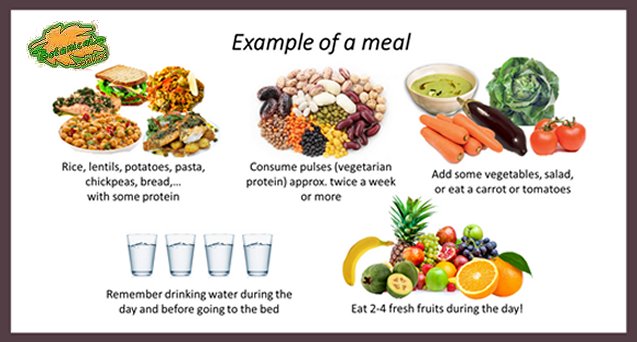
Breakfast
- Coffee, infusion or orange juice
- Oats or toasts with cheese or omelette or yoghourt
- Fresh fruit
Main meals
There is plenty of possibilities, just combine (more or less) these food groups:
- Fresh vegetables (raw, boiled, sautéed,…): carrots, tomatoes, broccoli,
peppers, kale, lettuce, coleslaw, homemade vegetable soup, etc. - Rice, lentils, potatoes, pasta, chickpeas, kumara, bread,…
- Eggs, fish, cheese, poultry, lean meat, etc.
- Fruit
![]() More information on kidney stones
More information on kidney stones

